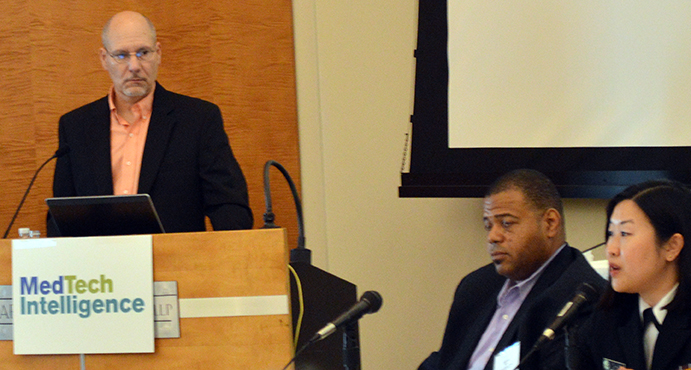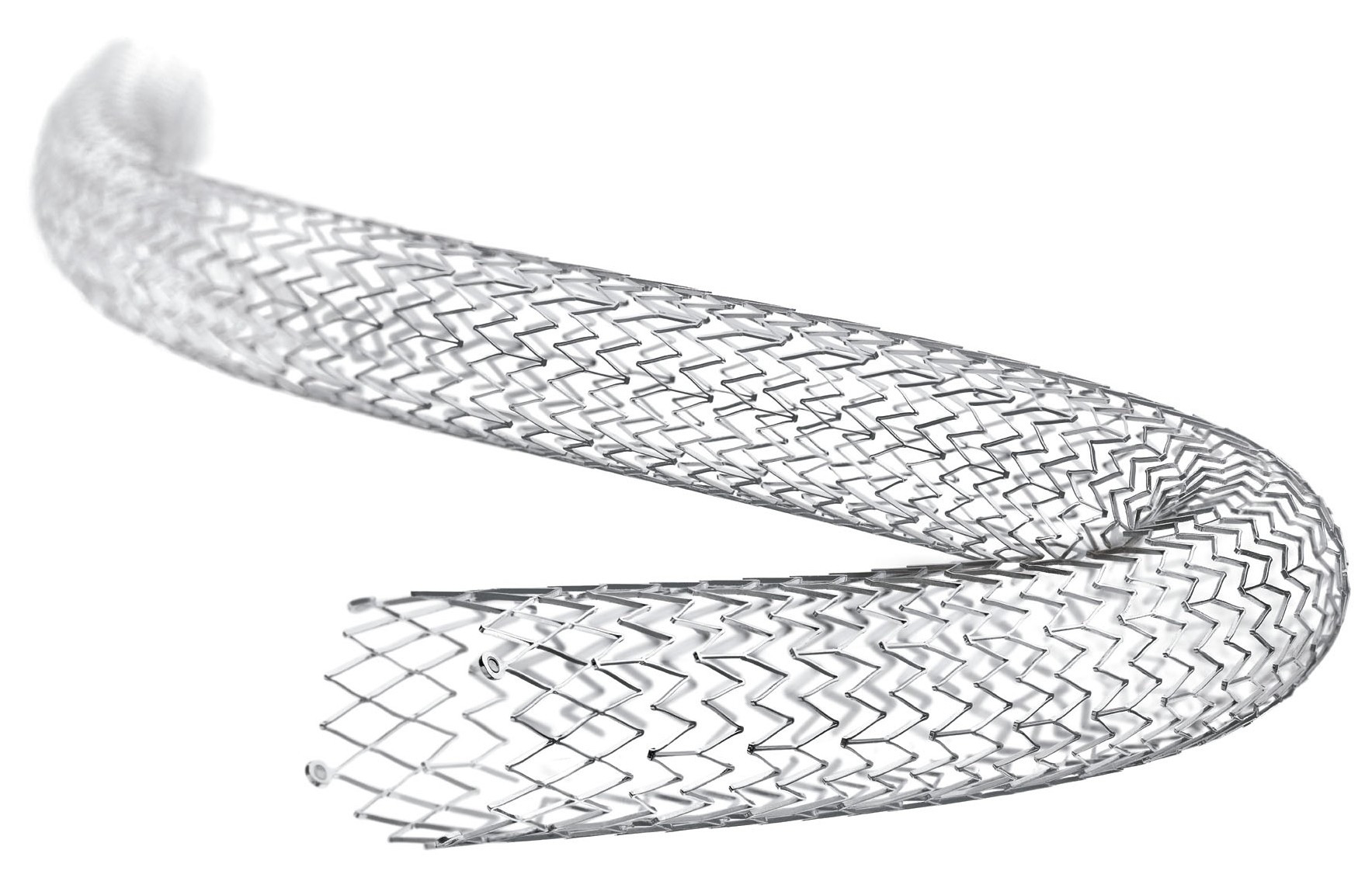
Susan Alpert, principal of SFA Consulting, explains the role of clinical evidence for combination products and the complexities at play.

Susan Alpert, principal of SFA Consulting, explains the role of clinical evidence for combination products and the complexities at play.

What are the challenges faced by OCP?

The comprehensive approach to human factors considers how a product operates alone, interoperability in larger settings, and data management.

Differing approaches to risk could hamper further growth of combination products.

3M Medical Materials & Technologies helps health care manufacturers design and build more reliable, innovative and feature-rich medical devices. Choose from a variety of transparent, nonwoven, or conformable double sided tapes for your medical device needs.

The creation of the Office of Combination Products more than a decade ago may have been a big step forward, but frustrations surrounding policy-making and coordination between CDRH, CDER and CBER remain.
Combination products are a major growth area for life science companies and in the future, many companies have or will have combination products in their portfolio. Combination products are made of drug, device and/or biologics constituent parts. Each constituent part has its own set of regulations to which it must adhere. For example, even if…
A tiny implant developed at the Massachusetts Institute of Technology aims to take the guesswork out of which drugs work better than others when treating cancer patients.
Comprehensive and unwieldy payer policies for wound care, the tiered system of FDA regulation of human cells, tissues, and cellular and tissue-based products, and the use of brand specific names in HCPCS coding have created a challenging reimbursement environment.

The most important piece of information that you can garner for Article 80 is the change in time-period duration for record retention.